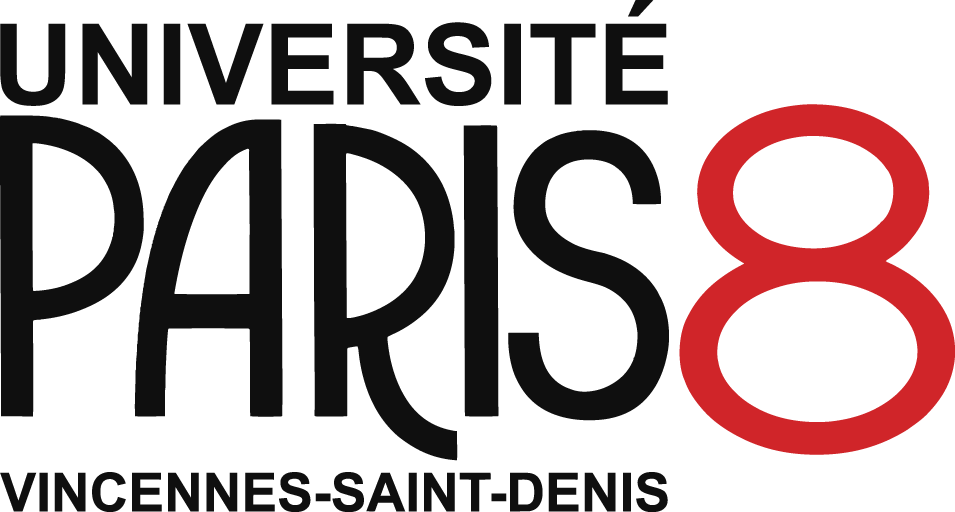Organisation of armor production in 16th century armorer workshops: the example of Valentin Siebenbürger
Résumé
At the end of the Middle Ages, armor was considered both an object for everyday military use and a luxury attire. Furthermore, war practices have undergone major changes both on the technological level (appearance of english longbows or firearms) as well as the organizational one (development of mercenary companies). Accordingly, defensives arms were adapted to suit these new needs. Following the wider socioeconomic conditions, it became a marketed commodity with a range of diverse products addressing an equally diverse range of customers. Its fabrication dominated by several prestigious centers like Milan or Nürnberg, required specific technical skills to shape the ferrous alloys. Therefore, the study of armor manufacture and trade offers great opportunity to understand the European exchange of war materials, techniques and skills, as well as metal selection based on the artifact's purpose. In that perspective, several dozen artefacts fabricated in European centers and more precisely in Nürnberg were sampled and studied in detail. Several of them share the same famous origin, Valentin Siebenbürger's workshop. Active in the 16thc, many of this workshop's pieces can be identified in museum collections thanks to the city's and his own stamped markings. Through this example, the study of armor materials, manufacture and trade may provide a crucial insight into the practices of the armorers in terms of technical skills and supplies, as reflected in the preserved artefacts. Armors were examined following the methodology developed in NIMBE/LAPA laboratory (sampling, metallography, MEB-EDS and LA-ICP-MS analyses), (Disser et al., 2014), (Dillmann et al., 2017). With regard to V. Siebenbürger's pieces, the results show differences in the nature, quality and thermic treatment of the metal employed for a same artefact and between artefacts of similar quality. However, despite these heterogeneities, the origin of the metal employed seems close which could suggest a common supplier. These results have been integrated into a larger group of European armors for discussion in a broader context.
Domaines
Matériaux
Origine : Fichiers produits par l'(les) auteur(s)
Loading...

